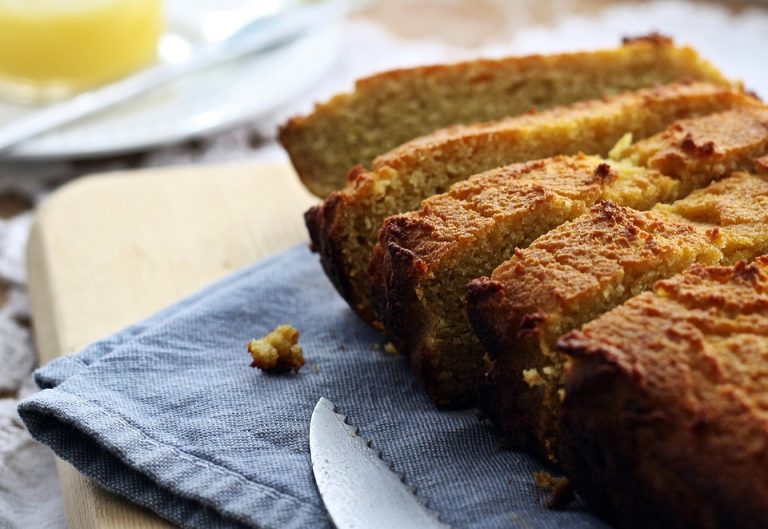
Homemade bread is a staple in many households, and it’s often touted as a healthier alternative to store-bought bread. However, there’s often confusion about the calorie content of homemade bread. Some people believe that homemade bread is lower in calories than store-bought bread, while others think it’s higher. So what’s the truth about the calorie content of homemade bread?
First, it’s important to understand that the calorie content of bread depends on the ingredients used and the portion size. The basic ingredients in homemade bread are flour, water, yeast, salt, and sometimes sugar. These ingredients are fairly low in calories on their own, but the calorie content can increase depending on the type and amount of flour used.
Traditional white bread made with white all-purpose flour tends to be higher in calories compared to whole grain or whole wheat bread. This is because white flour is more refined and processed, and therefore has a higher calorie content. Whole grain or whole wheat flour contains more fiber and nutrients, and is generally lower in calories.
In terms of portion size, the calorie content of homemade bread can vary widely. A small slice of homemade bread may have fewer calories than a large slice, and the type of bread (e.g. sandwich bread, baguette, or artisanal bread) can also affect the calorie content.
It’s also important to consider the additives and toppings used in homemade bread, as these can significantly increase the calorie content. Ingredients like butter, oil, nuts, seeds, and dried fruits can add extra calories to homemade bread. Toppings like butter, jam, or cheese can also contribute to the overall calorie count.
So, is homemade bread lower or higher in calories than store-bought bread? The answer is: it depends. If you’re making homemade bread with whole grain or whole wheat flour and minimal added ingredients, it’s likely to be lower in calories than many store-bought breads, especially those made with white flour and other additives. However, if your homemade bread includes lots of added fats and sugars, it may end up being higher in calories than some store-bought options.
The best way to determine the calorie content of your homemade bread is to calculate it based on the specific ingredients and portion size you’re using. There are plenty of online calculators and tools that can help you do this. If you’re buying your bread from a bakery or store, be sure to ask about the calorie content and compare your options.
In conclusion, the truth about the calorie content of homemade bread is that it varies widely based on the type of flour, portion size, and added ingredients. By choosing whole grain or whole wheat flour and minimizing added fats and sugars, you can make homemade bread that is lower in calories and healthier than many store-bought options. Just be mindful of portion sizes and toppings, and enjoy your homemade bread in moderation.